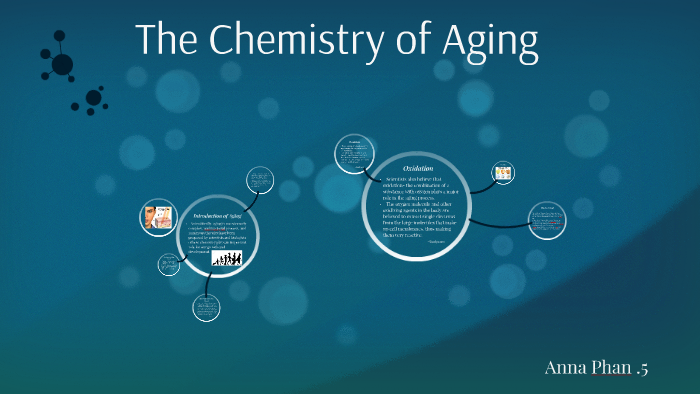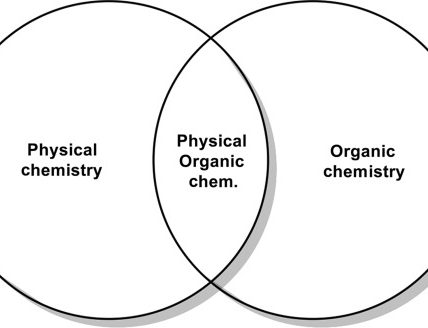Aging, a universal and inevitable process, has fascinated and perplexed humanity throughout history. At its core, aging is a complex biological process influenced by a combination of genetic, environmental, and lifestyle factors. This 1000-word article delves into the chemistry of aging, exploring the molecular and cellular changes that occur over time and the scientific efforts to understand and potentially mitigate the effects of aging.
Introduction to the Chemistry of Aging
Aging is characterized by the gradual decline in physiological functions, leading to an increased risk of diseases and death. This process is not merely a chronological event but a biological one, deeply rooted in the chemistry of our cells and molecules. Understanding the chemical changes that accompany aging is key to deciphering this intricate process.
The Role of DNA in Aging
DNA Damage and Repair
One of the primary factors in aging is the accumulation of DNA damage. Over time, DNA strands suffer from various forms of damage, including breaks, mutations, and the formation of problematic chemical bonds. These alterations can disrupt cellular function and lead to aging and diseases, including cancer. The body has mechanisms to repair DNA, but these systems can become less efficient with age.
Telomeres and Cellular Aging
Telomeres, the protective caps at the ends of chromosomes, play a crucial role in cellular aging. Each time a cell divides, telomeres shorten, eventually leading to cellular senescence or death when they become too short. This mechanism is thought to be a key contributor to the aging process at the cellular level.
Oxidative Stress and Free Radicals
Oxidative stress, resulting from an imbalance between free radicals and antioxidants, is a significant factor in the aging process. Free radicals are unstable molecules that can damage cells, proteins, and DNA.
The Free Radical Theory of Aging
This theory posits that the accumulation of oxidative damage from free radicals contributes to aging. Antioxidants, which neutralize free radicals, play a vital role in protecting against oxidative stress. However, the body’s antioxidant defenses weaken with age, leading to increased damage.
The Impact of Glycation
Glycation, a process where sugar molecules bond inappropriately to proteins or lipids, leads to the formation of advanced glycation end products (AGEs). AGEs can cause protein dysfunction and inflammation, contributing to age-related diseases such as diabetes, cardiovascular disease, and neurodegeneration.
Hormones and Aging
Hormonal changes are a hallmark of aging. Levels of hormones like estrogen, testosterone, and growth hormone decline with age, influencing various aspects of health and aging. For example, decreased estrogen levels in women post-menopause are linked to increased risks of osteoporosis and heart disease.
Cellular Senescence
Cellular senescence is a state where cells no longer divide but also do not die. Senescent cells accumulate with age and are thought to contribute to aging and age-related diseases through inflammatory signals they release, known as the senescence-associated secretory phenotype (SASP).
Autophagy and Aging
Autophagy, the process by which cells recycle damaged components, is crucial for maintaining cellular health. Impaired autophagy is linked to aging and various diseases, such as Alzheimer’s and Parkinson’s. Enhancing autophagy is a potential strategy for promoting healthy aging.
Mitochondrial Function and Aging
Mitochondria, the energy-producing organelles in cells, are central to aging. Mitochondrial dysfunction, characterized by decreased energy production and increased oxidative stress, is a common feature of aging cells and is associated with many age-related diseases.
The Gut Microbiome and Aging
Emerging research suggests that the gut microbiome, the community of microbes in the intestines, plays a significant role in aging. Changes in the composition of the microbiome with age can impact everything from immune function to inflammation and may even influence the aging process itself.
Genetic Factors in Aging
Genetics play a role in aging, with certain genetic variants associated with longevity. Studies on long-lived individuals and families have identified genes that may contribute to a longer and healthier life, offering insights into the biological mechanisms of aging.
Lifestyle, Diet, and Aging
Lifestyle factors, including diet, exercise, and stress management, significantly impact the aging process. Diets rich in antioxidants, regular physical activity, and stress reduction techniques can mitigate some of the chemical changes associated with aging.
Scientific Efforts in Anti-Aging Research
The quest to understand and potentially slow down aging has led to significant scientific efforts. Research in areas like telomerase therapy, senolytic drugs (which target senescent cells), and caloric restriction mimetics are at the forefront of anti-aging research.
Conclusion
The chemistry of aging is a field of immense complexity and intrigue. Understanding the molecular and cellular changes that occur as we age is crucial for developing strategies to improve healthspan and potentially extend lifespan. While aging remains an inevitable part of life, scientific advances continue to shed light on this profound process, offering hope for healthier, longer lives. As research progresses, the interplay of genetics, environment, and lifestyle in aging will become clearer, paving the way for interventions that target the chemical foundations of aging.











